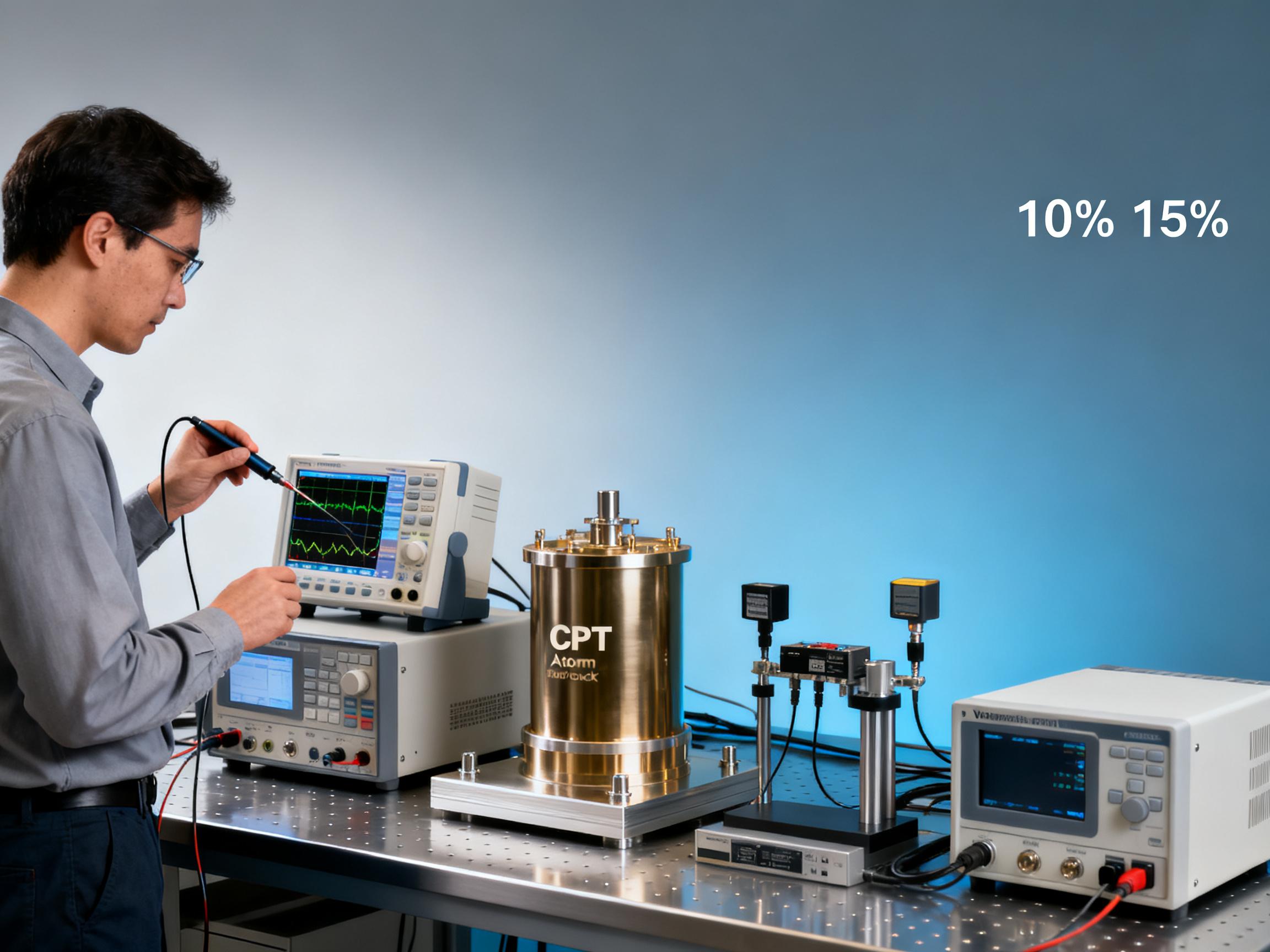RELATED
![How CPT Atomic Clocks Reduce OPEX in 5G Base Stations [Real Data] How CPT Atomic Clocks Reduce OPEX in 5G Base Stations [Real Data]](https://usimg.bjyyb.net/grey.png?x-oss-process=image/resize,m_fixed,w_800,h_600,limit_0) How CPT Atomic Clocks Reduce OPEX in 5G Base Stations [Real Data]2025-12-11
How CPT Atomic Clocks Reduce OPEX in 5G Base Stations [Real Data]2025-12-11 2024 CPT Atomic Clock vs Rubidium: Which Offers Better Stability for Telecom Networks?2025-12-08
2024 CPT Atomic Clock vs Rubidium: Which Offers Better Stability for Telecom Networks?2025-12-08 Live Demo Results: CPT Atomic Clock Performance Under Harsh Environmental Tests (Data Inside)2025-12-05
Live Demo Results: CPT Atomic Clock Performance Under Harsh Environmental Tests (Data Inside)2025-12-05 Budgeting for Precision: Total Cost of Ownership for a Rubidium Atomic Clock Over 5 Years2025-12-03
Budgeting for Precision: Total Cost of Ownership for a Rubidium Atomic Clock Over 5 Years2025-12-03
MESSAGE
In an era where microseconds matter, Rubidium atomic clocks stand as the gold standard for precision timekeeping. These marvels of quantum physics and optical engineering enable industries ranging from telecommunications to deep-space navigation to operate with unprecedented synchronization. But what makes these devices so exceptionally accurate? And how are they revolutionizing modern infrastructure?
The Quantum Mechanics Behind Rubidium Atomic Clocks
At their core, Rubidium atomic clocks exploit the hyperfine transition of Rubidium-87 atoms at precisely 6,834,682,610.904324 Hz. This atomic resonance serves as nature's perfect metronome, offering stability measured in parts per 1012—meaning these clocks would deviate less than one second in 30,000 years.
Key Components:
- Rubidium Vapor Cell: Contains isotopically purified Rb-87 gas
- Optical Pumping System: Uses precisely tuned lasers to excite atoms
- Microwave Cavity: Measures the atomic resonance frequency
- Control Electronics: Maintains phase lock to the atomic transition
Why Industries Demand Rubidium Clock Precision
Technical Superiority Over Traditional Solutions
Compared to quartz oscillators or even cesium beam tubes, Rubidium atomic clocks offer compelling advantages:
Performance Comparison:
- Short-term stability: 100x better than TCXO oscillators
- Power consumption: 90% lower than hydrogen masers
- Form factor: Compact modules vs. room-sized installations
- Warm-up time: 5 minutes vs. 24+ hours for cesium standards
Implementation Considerations for Enterprises
When integrating Rubidium clocks into critical infrastructure, technical teams should evaluate:
- Environmental hardening: Look for MIL-STD-810G compliant units for field deployment
- Phase noise: Verify <-100 dBc/Hz at 1 Hz offset for RF applications
- Aging rate: Premium models maintain <5×10-11/month
- Redundancy: Dual-redundant clocks with automatic switchover
The Future of Atomic Timekeeping
Emerging technologies are pushing Rubidium clock performance even further:
- Optical lattice clocks: Potential 1000x precision improvements
- Chip-scale atomic clocks: MEMS-based solutions for IoT devices
- Quantum-enhanced synchronization: Entangled photon networks
Why Trust Our Rubidium Clock Solutions?
With 15+ years of atomic clock development and deployments in 37 countries, our solutions power:
- 12 national time laboratories
- 8 global satellite constellations
- Over 500 telecom base stations
Our Rubidium clocks achieve <1×10-12 stability at 24 hours with industry-leading 10-year MTBF ratings. Contact our timing experts to discuss your precise synchronization requirements.
CONTACT US
Please use the form below to get in touch.
If you need a reply we will get in touch as soon as possible.

![How CPT Atomic Clocks Reduce OPEX in 5G Base Stations [Real Data] How CPT Atomic Clocks Reduce OPEX in 5G Base Stations [Real Data]](https://usimg.bjyyb.net/sites/91500/91958/1765179857856560163985903616.jpeg)



